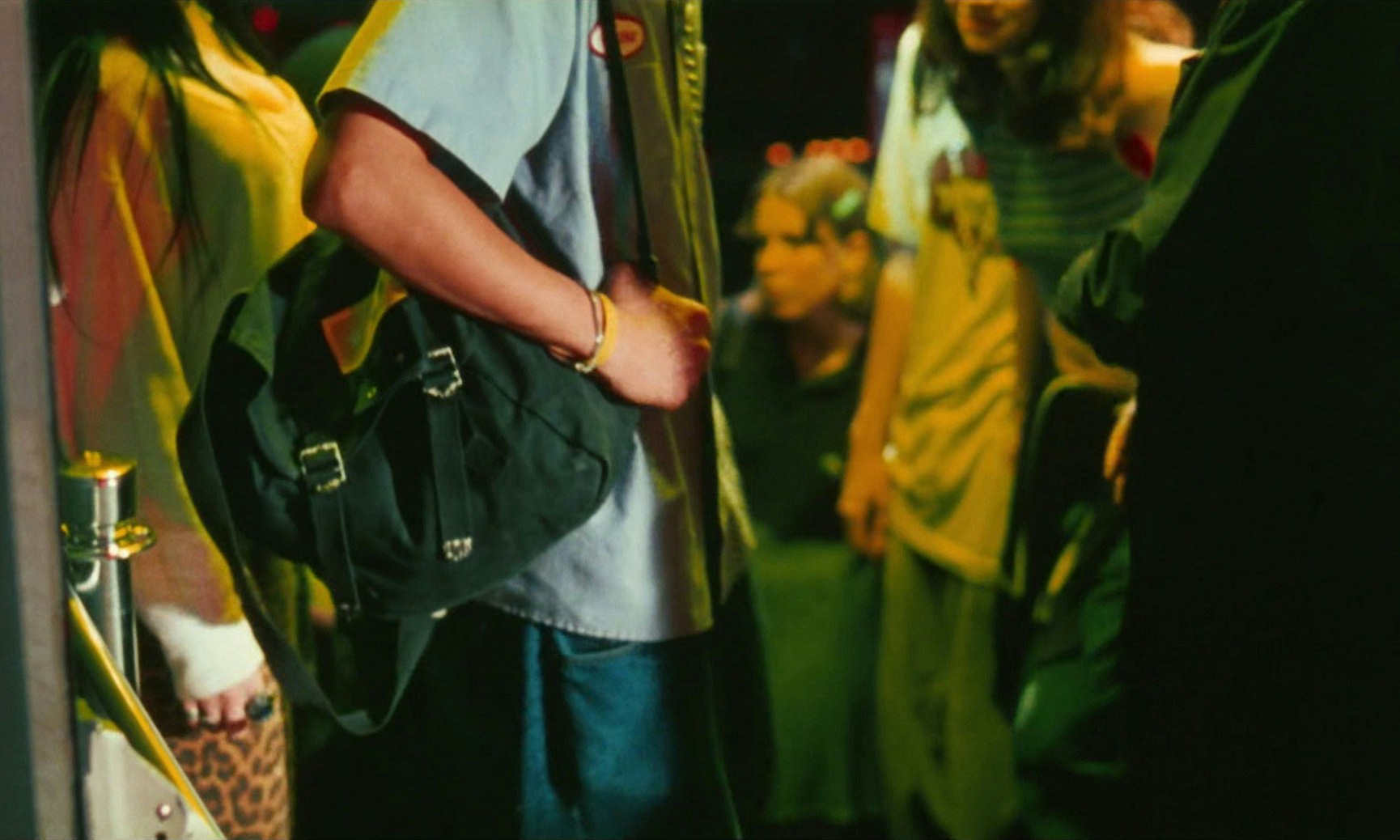MFA Presents: A Conversation with DJ 3×5
We talked to DJ 3x5 about rave culture, the fleeting popularity of whore cartoons and the burning question on everyone's mind: is Moby a fed?
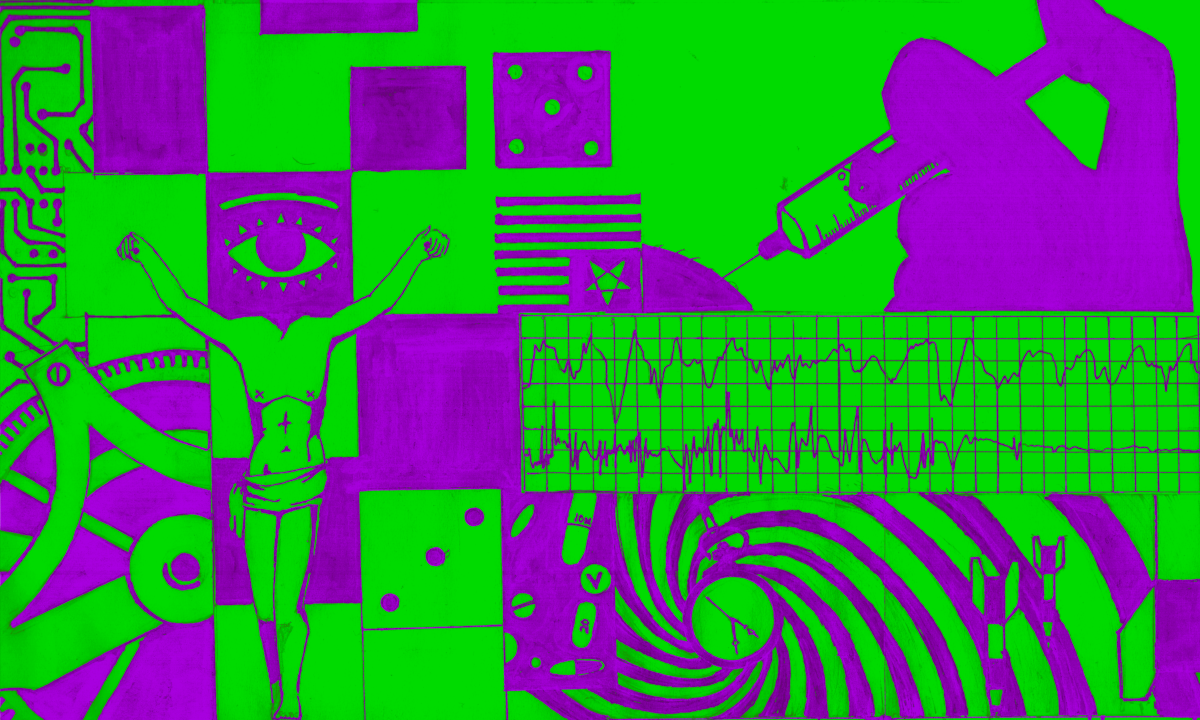
This interview is part of a series discussing counterculture, autonomy, free expression and censorship with musicians and music fans—read more of these interviews here.
DJ 3x5 is an artist, open-source contributor, and former raver who runs a blog & podcast called Class of '99. Listen & read about the latest mix, Underground:
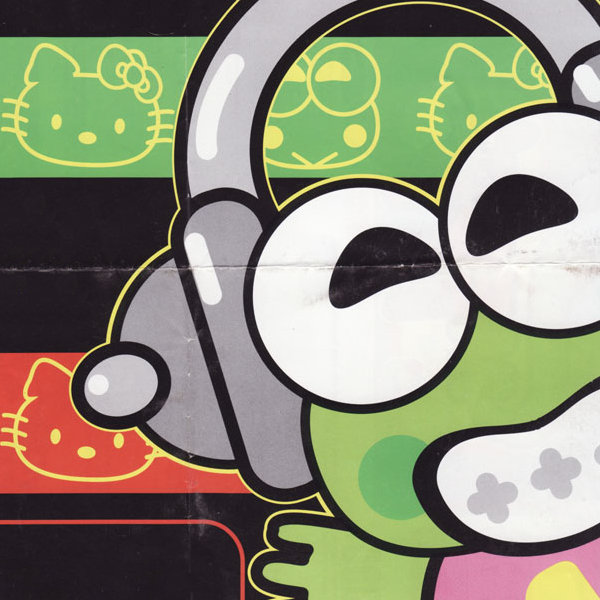
MFA: What is the origin story of the name 3×5?
DJ 3×5: It started as a drawing project—though I don't get to draw as much as I would like.
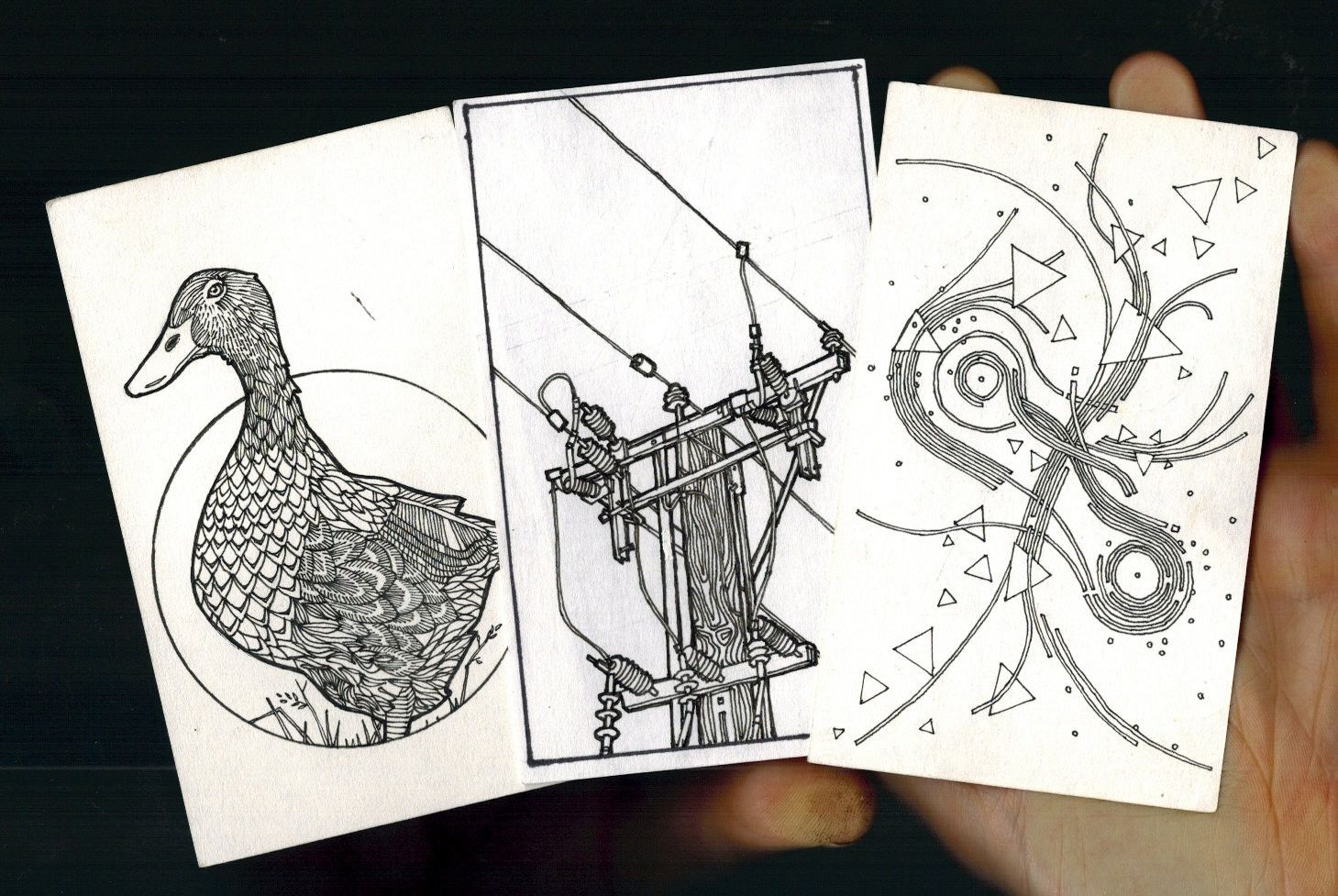
The first drawing is my duck, Flappy, who laid a delicious egg every day, but was taken out by a coyote. The second drawing is a power pole at the end of my street. The third is from imagination. I have a stack of these, and I don't know what to do with them, but now I use the 3×5 label for all my creative projects.
My current 3×5 project is called Class of '99, which commemorates the 90's Chicago rave scene. I had a bunch of unfinished DJ mixes, from when I was a teenager, that I always wanted to complete. I digitized and sold off my vinyl a few years ago, but I managed to finalize the mixes using an excellent, free and open-source program called Mixxx. Class of '99 memorializes a place and time that was very important to me as a young man.
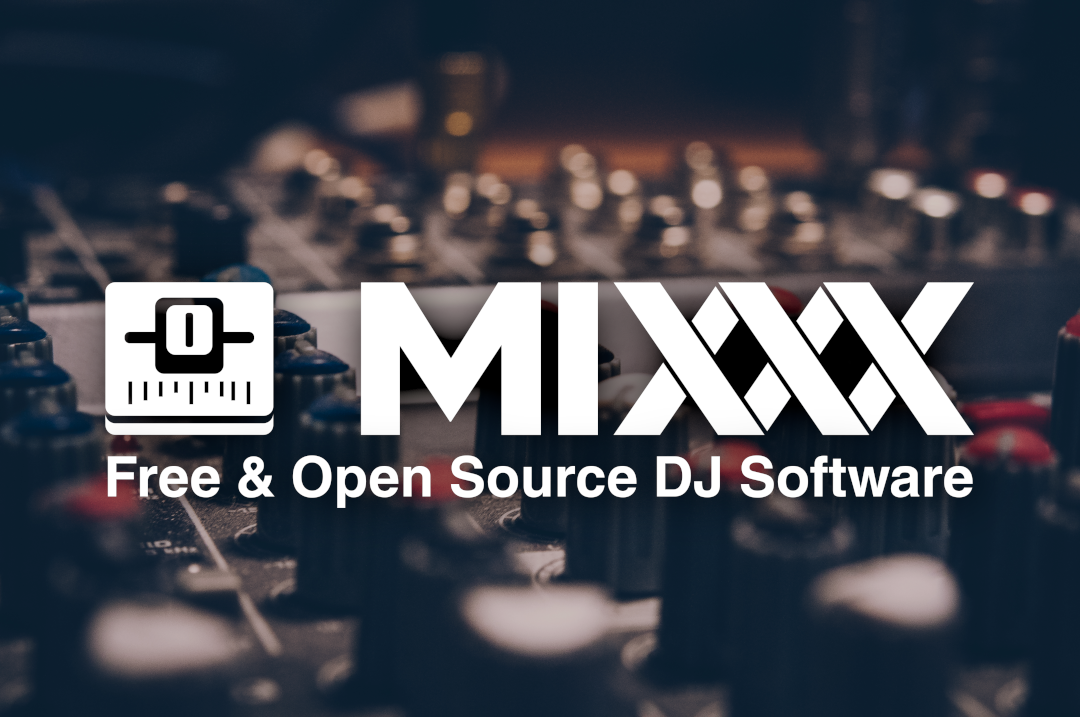
MFA: I did want to talk to you about rave culture—with the benefit of hindsight, knowing how potentially manipulative counterculture can be to the youths. I'd read this theory about DJ's replacing shamans and potentially leading people astray, spiritually, via mind altering drugs etc.
DJ 3×5: I know Mark Devlin touches on this issue, and while the British rave scene may have been used for social engineering, I don't see that the American scene was promoted, used, or even given any attention by the mainstream. MTV actively suppressed and even censored all references to raves. I'll give you two examples:
- Woodstock '94 included all-night raves, every night, but MTV barely mentioned this during their nearly non-stop coverage of the event. There was a single segment, shot on location at dusk, where an MTV VJ yelled "hey guys, let's go to the rave!" The video cut to about 4 seconds of thumps and strobe lights, and then b-roll of the sun coming up, and that was it.
- In 1999, Eminem had a single on his debut album that featured a narrator describing a rave party—but when the video aired on MTV, they rewrote it to be about a frat party.
And there are other examples. It was clear to me that an order came down from corporate to never show raves on MTV, never mention them, no matter what.
MFA: I feel like they did this with a lot of higher minded IDM-ish stuff. Like with dubstep, pushing Skrillex to kind of make a mockery out of it instead of supporting what was good. It makes you wonder if successful counterculture movements are always thwarted in some way.
Do you think the push towards Marilyn Manson on MTV was perhaps an attempt to deter from rave culture? He got tons of exposure right around that same time.
DJ 3×5: I don't know if Marilyn Manson was a rave deterrent, but I'm sure the record industry would have used him for that purpose if they thought he was. The rave scene did include a "graver" subset that later evolved into "cybergoth". I know people think cybergoths are lolcows, but they were simply ahead of their time. Our current, dystopian timeline feels very cybergoth to me.
EDM and Skrillex flourished when they did because the music industry had already imploded, so it wasn't interested in suppressing rave culture anymore. By that point, they would just go along with anything that could possibly be lucrative.
MFA: The Marilyn Manson thing is weird because I cant decide if he is controlled or innovative... I guess you could be both. There's a fine line between shit done for social engineering and just to bank roll. I always get kind of stumped between what is what. Also we the people might just genuinely not deserve nice things.
DJ 3×5: Well, I will tell you why I think the music industry promoted people like Marilyn Manson, while suppressing rave culture. First, rave music wasn't album-oriented. Most releases were vinyl singles, whose primary market were hobbyists (bedroom DJs). Ravers listened to mixtapes on cassette, but the music industry had already moved its manufacturing base away from vinyl and tapes and into CDs.
Rave music was mostly instrumental, and totally faceless. Maybe you knew the DJ, but you probably didn't know the records being spun—or what they sampled. You couldn't really associate the music with a personality, or even a name, so the culture was incompatible with the way the industry functioned. Look at Marilyn Manson, though: there's an ugly face, a weird name, a transgressive personality, an album full of songs, and you could take that freakshow on the road! His grotesque spectacle wasn't a particularly innovative business model, but actually quite conventional from a money-making perspective.
Imagine trying to make this profitable, though: you have a continuous mix, but CDs have an audible gap between every track which ruins the effect. All the DJ's selections need to get cleared, so you have to track down, obtain consent from, and pay a cut to all those producers. This assumes they actually cleared their own samples, which may not be authorized for reproduction. It's a nightmare for an intellectual property lawyer.
MFA: That's a good point. It's funny, I know a lot of musicians feel differently but I low-key feel like intellectual property has had a really negative effect on creativity—which reminds me of the KLF, who I wish I had followed during their heyday. Everyone is probably bored of me going on about them, but I think they did a lot of really interesting stuff with other people's music, and just razzing the industry in general. When all of this was happening, were you more into their music or the spectacles?
DJ 3×5: Definitely the music was most important to me, though the KLF's antics were pretty compelling. Some acts turned to multimedia performance art—like Meat Beat Manifesto, who produced the music for Emergency Broadcast Network. Moby was notorious for playing DAT tapes on tour and just kind of flailing around. He caught a lot of flack for that, and his defense was, "what difference does it make whether I press play on a DAT, or press play on a sequencer?" And I don't have an answer for that. The truth is, electronic music is very difficult to parlay into live performance. Some artists, like Marc Rebillet, are starting to figure it out—but it's always been a challenge. Deejaying was one way to fill that performative void.
MFA: Yea, that makes sense. Last year, we talked to Dream Machine about how sound and technology can influence your mental state. I wonder if the technical aspects of rave music influenced the listener in a different way than other kinds of music.
DJ 3×5: It totally did. It was a different form, produced and experienced differently. I saw that video where Dream Machine retuned all their instruments to 432hz, which was fascinating. But the 440/432 question is irrelevant when you have to pitch every record up or down to sync it to the last one, which means every track is detuned. Perfect pitch is actually a handicap for a DJ—though for me, it's crucial that the records at least harmonize with each other. For this reason, I've tried really hard to keep Class of '99 mixed in key.
You've argued that music should be more than background noise, and I agree, but I'd argue that rave music was never meant to command your undivided attention—or even to be taken as discrete, isolated works of art. The tracks were like song fragments, blended together into a big collage of superimposed records, so producers were releasing work without knowing its final form. It's like that art exercise, exquisite corpse. Have you ever played that?
MFA: Whoa no what is that?
DJ 3×5: You take a piece of paper and fold it into sections. An artist draws up to and just over the first crease, then folds and hands the paper to another artist, who can only look at her section of the paper. She draws a segment in the same way and then passes it on. At the end, you unfold the paper and only then do you see the drawing in its entirety. Rave music and DJing were similar in this way: It was a team effort, and you didn't know how your part would turn out until it ended up in the mix.
MFA: Aw that's wholesome. I think the whole IP thing—and also saying things are "appropriation" as a pejorative—it's a really sad thing to happen to collaboration in general.
DJ 3×5: I have mixed feelings. A lot of artists have been totally exploited for their creativity, and ownership of your ideas is an important western value. But violating IP in protest can also be pretty funny. After U2 sued Negativland for unauthorized appropriation, rave producers started sampling Bono just to troll him.
MFA: Do you think Moby is a fed? Do you remember when he was going on about his friends in the CIA?
DJ 3×5: Ha! I'm glad you remembered this! After the 2016 election, Moby tweeted that his friend in the CIA contacted him claiming Trump was controlled by Moscow, that the agent had all this intel that was too secret to release, so Moby had to use his platform to spread the message. It was an obvious work, and not only did Moby fall for it, but instead of pushing that narrative, he just repeated the whole spiel! I bet the CIA friend facepalmed himself when he read that tweet. But to answer your question: the fact that Moby said the quiet part out load suggests to me that he is not a fed.
MFA: Lol. I can't help but think this tweet might not be accurate either:

DJ 3×5: Moby used to be so cool. He was America's first rave superstar, and his early stuff is just the most perfect, melting smileyface raveoliciousness. Then he became an evangelical vegan, which seemed to emasculate him completely, and now he's the ultimate bugman. It's sad. One time I was reading an interview with him—this was in the mid-00s—and he had just had a kid. He told the interviewer that certain foods make you gay if consumed at a young age, and that he was purposely feeding them to his child so the kid would turn gay. He said he was doing this to spite Sean Hannity.
MFA: Did it work?
DJ 3×5: If it did, don't tell Sean Hannity!
MFA: What is a good Moby album? I need to investigate.
DJ 3×5: My first Moby experience was on the soundtrack to Cool World. I can't say I recommend the movie, but I would start there for Moby content.
MFA: OH! I actually tried to watch Cool World the other day and had to turn it off. That's the one with like Brad Pitt and all these whore cartoons? The live action + animation trend was so weird. Who was that for?
DJ 3×5: That's so funny, what are the odds? Yeah, "seduced by a cartoon" became its own micro-genre. Who Framed Roger Rabbit? gave America its first major cartoon boner. Then Paula Abdul released a music video where she danced around with this rapping, animated cat who was trying to have sex with her. The public loved this so much, the cat got its own solo album. Anyway, the Cool World soundtrack was really door-opening for me as a 12 year old.
MFA: Dang, it appears Cool World does have a good soundtrack. Bless their hearts. The thing that bothered me most about that movie was how there were always all these random characters running around, screaming for like no reason. And now, when I listen to this soundtrack, I just imagine total chaos. I guess if you're younger then that wouldn't bother you as much haha.
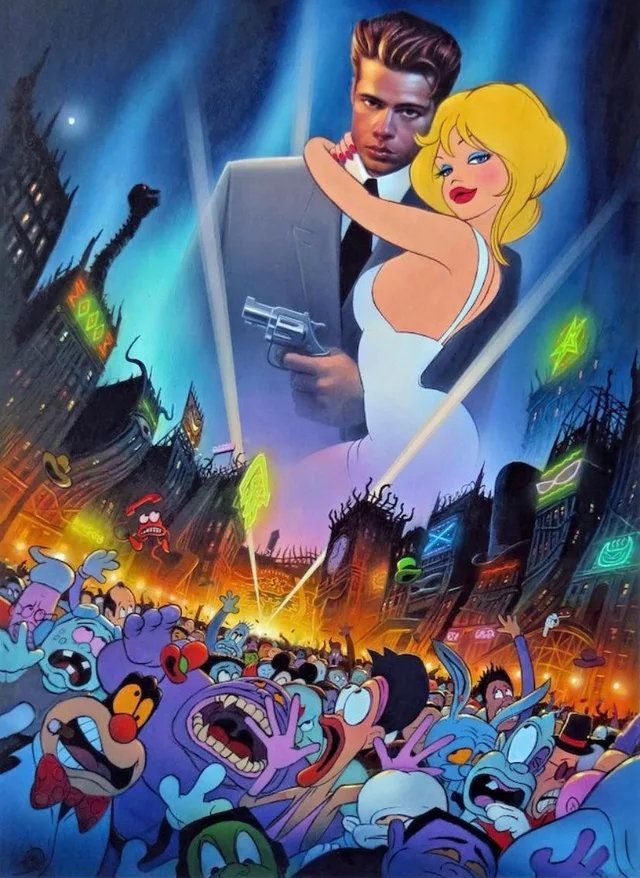
DJ 3×5: No, Cool World was never a good movie.
MFA: Did you ever go to Burning Man?
DJ 3×5: I have never gone to Burning Man, but if I had to choose a subculture that represents the legacy of 90s raves, it would be that "burner" culture. Raves were a kind of temporary autonomous zone, and so is Burning Man but on a much larger scale.
MFA: Oh cool. I wonder if it's fun to do if you're not on tons of drugs.
DJ 3×5: Something tells me it would just feel like a whole lot of dust in your buttcrack. I'm not even sure what that means, but I think I'll pass. I'm cool with burners, though. They're hippies, but not doctrinaire leftists or neoliberals. I think they're pretty open-minded, receptive to conspiracy theories, and generally into crunchy, antivax/anti-GMO living.
On January 6th, when I saw Jacob Chansley in the Capitol with that buffalo head, the first thing I thought was "this guy is a total burner". The next day, Jamiroquai's Jay Kay released an official statement that he was not Q Anon Shaman. That was pretty funny. I hope we see the Shaman again, now that he's been exonerated and released from prison. He should be the homecoming king of Burning Man.
Thank you for reading!
You can subscribe to the Class of 99 series as a podcast, or you can visit the site directly:
